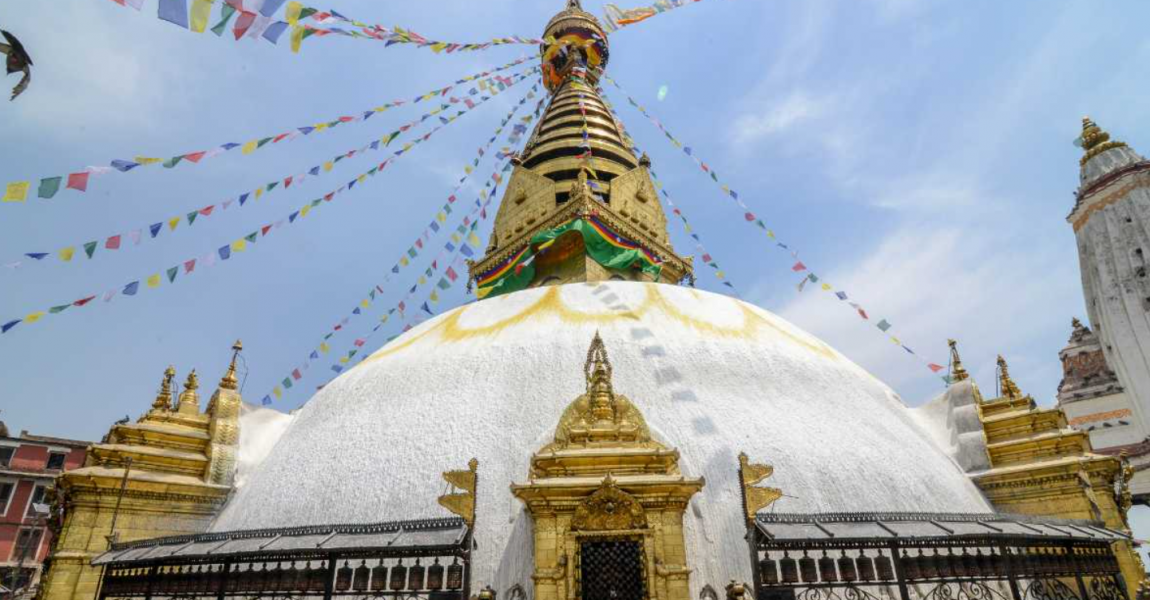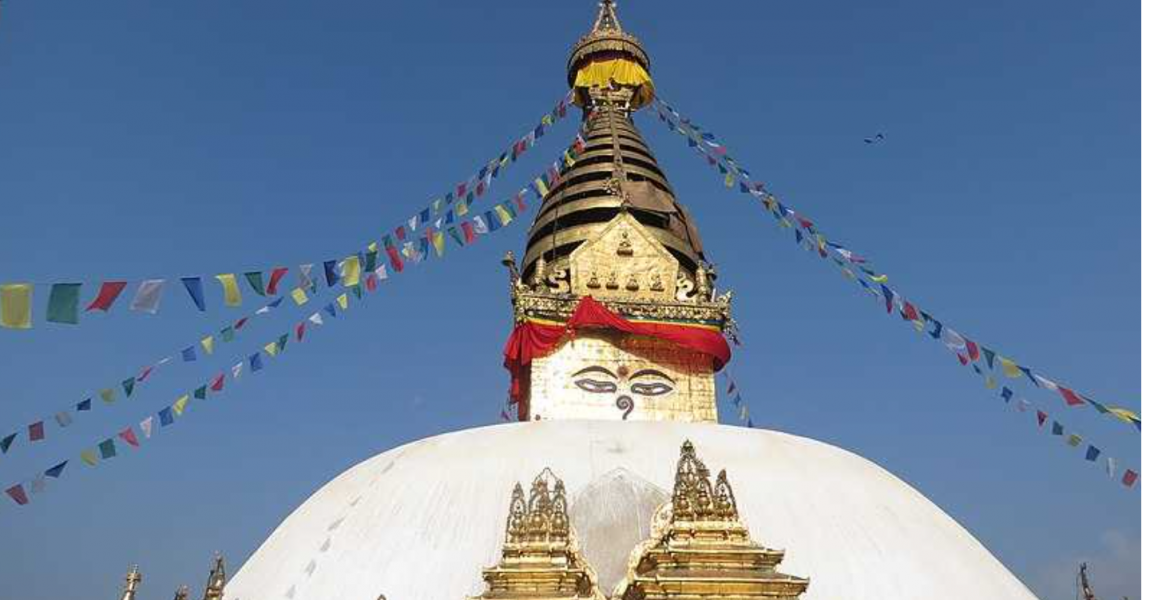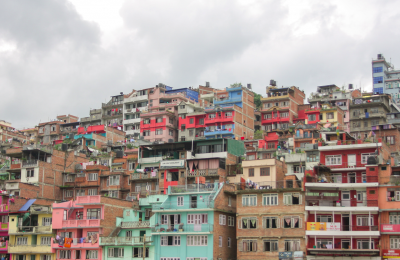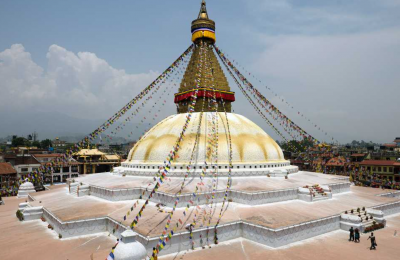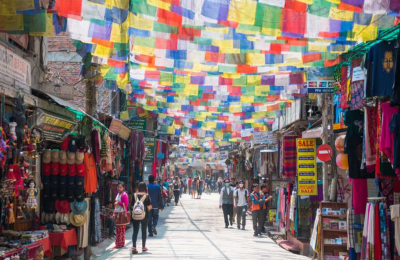The sluggish town of Kirtipur comes like a much-needed refresher in the midst of the other residue loaded towns and urban communities. Because of the dazzling antiquated sanctuaries that are dissipated along its backstreets and the bona fide experience of the Newari culture that it offers, the town has been increasing increasingly more prevalence in the previous barely any many years, and today it remains as an image of the blurred glory of the past time.

